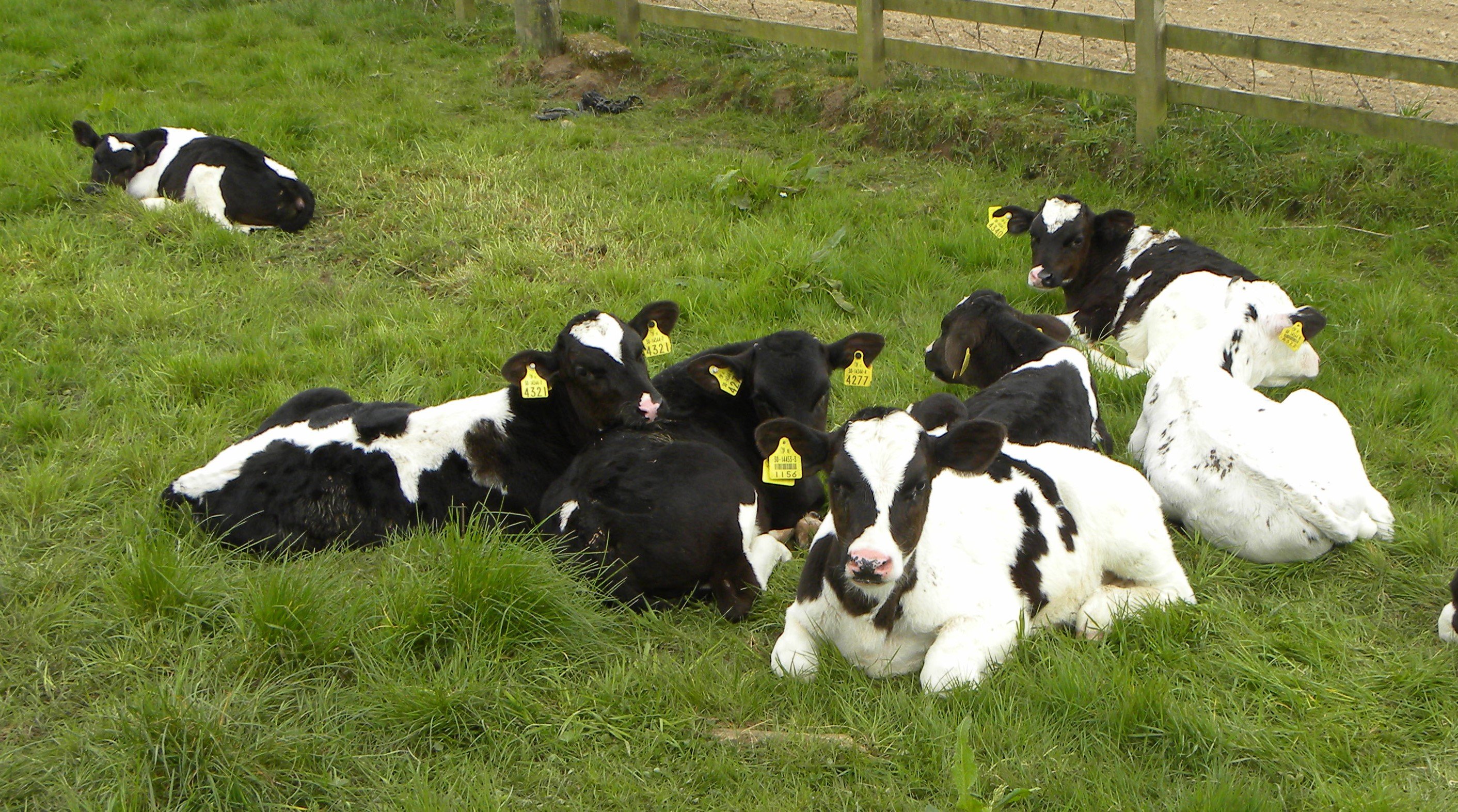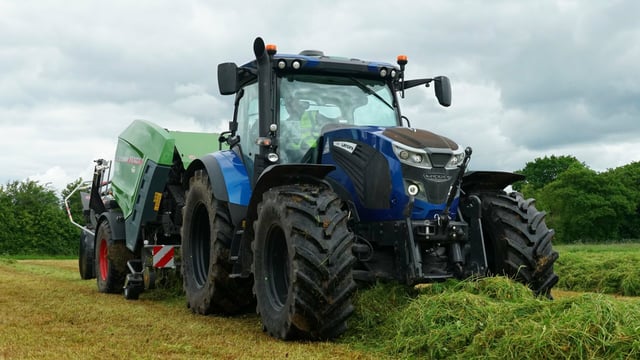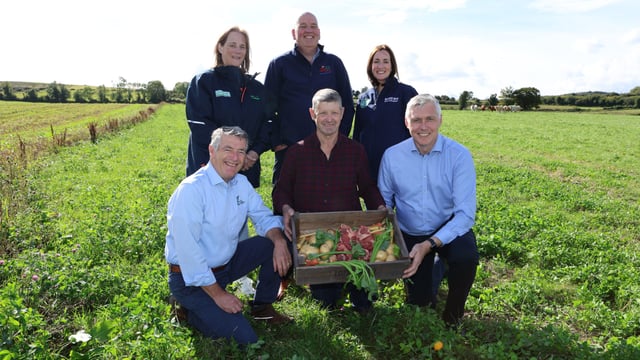Johne's disease: Protecting your calves against exposure
As calves have been slowly getting out to pasture in recent weeks, it is important to protect them against Johne's disease and the exposure to mycobacterium avium paratuberculosis (MAP), which is the bacteria that causes the disease.
When it comes to risk, newborn calves are very susceptible to MAP infection, which is why the Irish Johne's Control Programme (IJCP) places such an emphasis on clean calving areas and hygienic husbandry, particularly when feeding.
The two crucial factors to consider when determining the risk of the disease are the susceptibility of the animals and the infective dose in which they are exposed to.
This means that the susceptibility of calves at pasture falls between those of new-born calves and adult cattle, meaning good grazing management and decision-making is vital.
In terms of infective dose, MAP is a tough organism which may be found in slurry or manure a year after it has been applied - pasture may be contaminated by grazing cattle also.
When contamination occurs, grazing the pasture becomes a risk as it can potentially infect other cattle, and particularly your younger stock.
For the MAP bacteria to be reduced to minor levels, it will gradually decline within 12 months in the cool, Irish climate.
From this information, the spreading of slurry from other farms should be avoided, especially on pasture that young stock will graze.
If controlling Johne's disease was the sole purpose, not allowing calves graze ground that has been applied with slurry or that has been grazed by older cattle in the preceding 12 months would be the procedure.
However, this is not practical for many farms, so, a farmer must consider how they run their stock during grazing to minimise the risk of MAP bacteria and parasites.
When paddocks are solely left for calves, this opens up the risk to parasites, such as the gut worm and coccidiosis in these areas.
Even though it seems like it's a win-lose situation no matter what you do, the best practice is the leader/follower grazing system.
In this system, calves graze fresh paddocks of grass first, but are moved quickly on, followed by older stock grazing the remaining grass.
This will minimise the risk of exposure to high levels of parasites and to MAP, especially earlier in the year when parasites and MAP will be at low levels after the winter.
When yearlings or older cattle graze the paddock, they further reduce the levels of worm larvae as they are more susceptible to parasites and MAP - calves can rotate back to these paddocks, which will have a reduced parasite load at a more resistant and older age.
You can control the spread of Johne's and other parasites in different ways. It can be done by rotating through multiple pastures to delay re-grazing.
You can also follow the calves yearlings rather than the older herd because in general, yearlings are too young to shed infective loads of MAP, even if infected.
Using reseeded fields, or land that was used for silage last season can be beneficial as this will provide an even greater reduction of MAP and worms.
Herds that are registered for the IJCP can make use of the of the results to identify test-positive cows.
The programme does not require immediate culling, but advises that they are removed as soon as possible - early removal will minimise contamination of fields and stop the spread of the disease.
It also eliminates the possibility of those cows being present during the next calving season, limiting contamination in calf-rearing areas, high-risk calves, colostrum or milk to replacements.
This creates an even greater control of the spread and impacts of Johne's disease.






